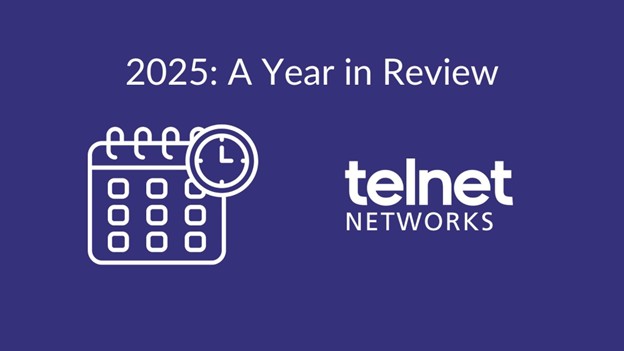Two recent studies that look at the state of mobile and fixed networks show that while networks are getting ever faster, security is a paramount concern that is taking up more time and resources.
Akamai recently released its fourth quarter 2014 State of the Internet report. Among the findings:
- In terms of network security, high tech and public sector targets saw increased numbers of attacks from 2013 to 2014, while enterprise targets had fewer attacks over the course of the year – except Q4, where the commerce and enterprise segment were the most frequently targeted.
“Attacks against public sector targets reported throughout 2014 appear to be primarily motivated by political unrest, while the targeting of the high tech industry does not appear to be driven by any single event or motivation,” Akamai added.
- Akamai customers saw DDoS attacks up 20% from the third quarter, although the overall number of such attacks held steady from 2013 to 2014 at about 1,150.
- Average mobile speeds differ widely on a global basis, from 16 megabits per second in the U.K., to 1 Mbps in New Caledonia. Average peak mobile connection speeds continue to increase, from a whopping 157.3 Mbps in Singapore, to 7.5 Mbps in Argentina. And Denmark, Saudi Arabia, Sweden and Venezuela had 97% of unique IP addresses from mobile providers connect to Akamai’s network at speeds faster than the 4 Mbps threshold that is considered the minimum for “broadband.”
Meanwhile, Network Instruments, part of JDSU, recently completed its eighth annual survey of network professionals. It found that security is an increasing area of focus for network teams and that they are spending an increasing amount of time focused on security incidents and prevention.
NI reported that its survey found that the most commonly reported network security challenge is correlating security issues with network performance (reported by 50% of respondents) – meanwhile, the most common method for identifying security issues are “syslogs” (used by 67% of respondents). Other methods included simple network management protocol and tracking performance anomalies, while long-term packet capture and analysis was used by slightly less than half of the survey participants – 48%. Network Instruments said that relatively low utilization of long-term packet capture makes it “an under-utilized resource in security investigations” and that “replaying the events would provide greater context” for investigators.
NI also found that “application overload” is driving a huge increase in bandwidth use expectations, due to users accessing network resources and large files with multiple devices; real-time unified communications applications that require more bandwidth; as well as private cloud and virtualization adoption. See Network Instrument’s full infographic below:

Thanks to RCR Wireless News for the article.






